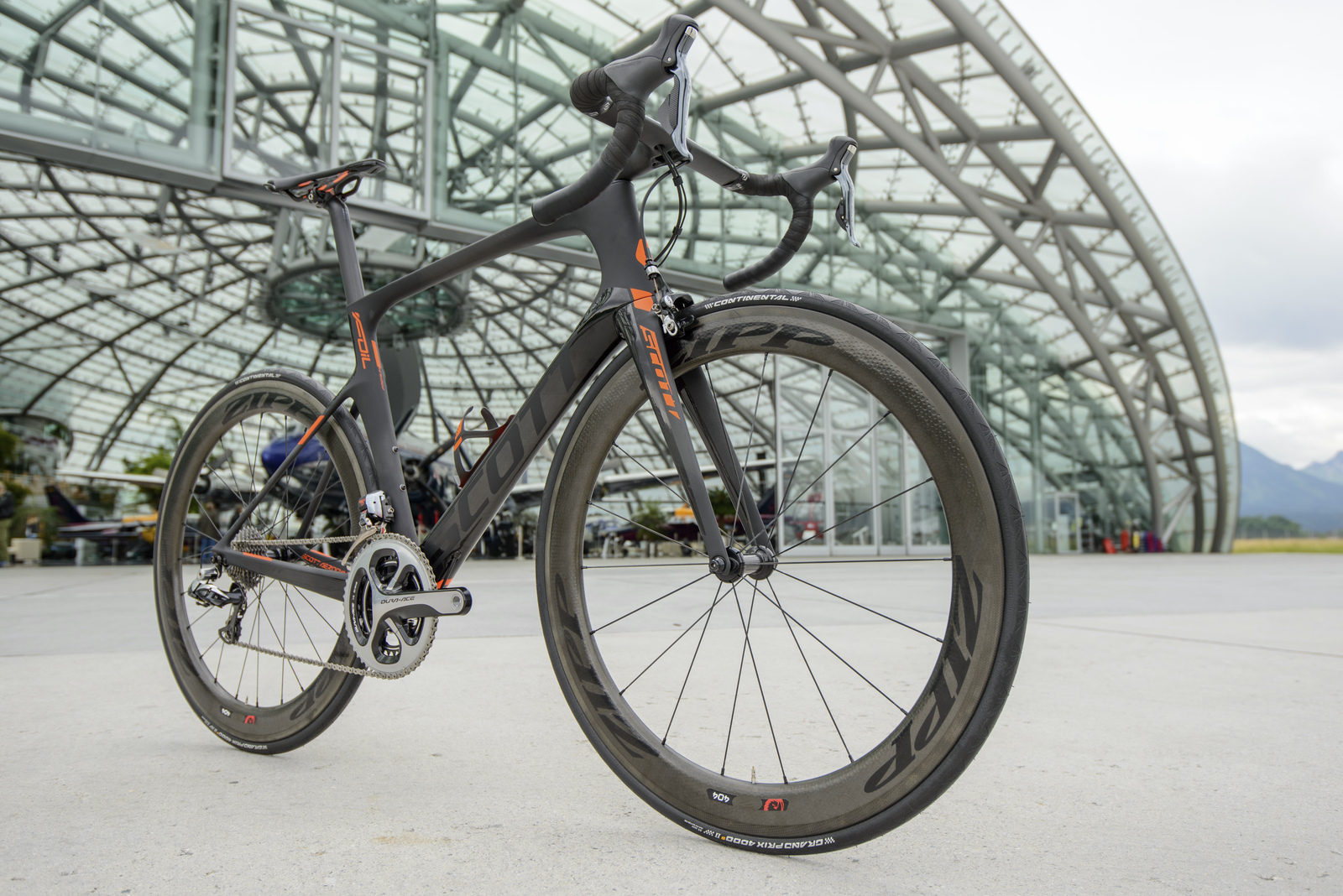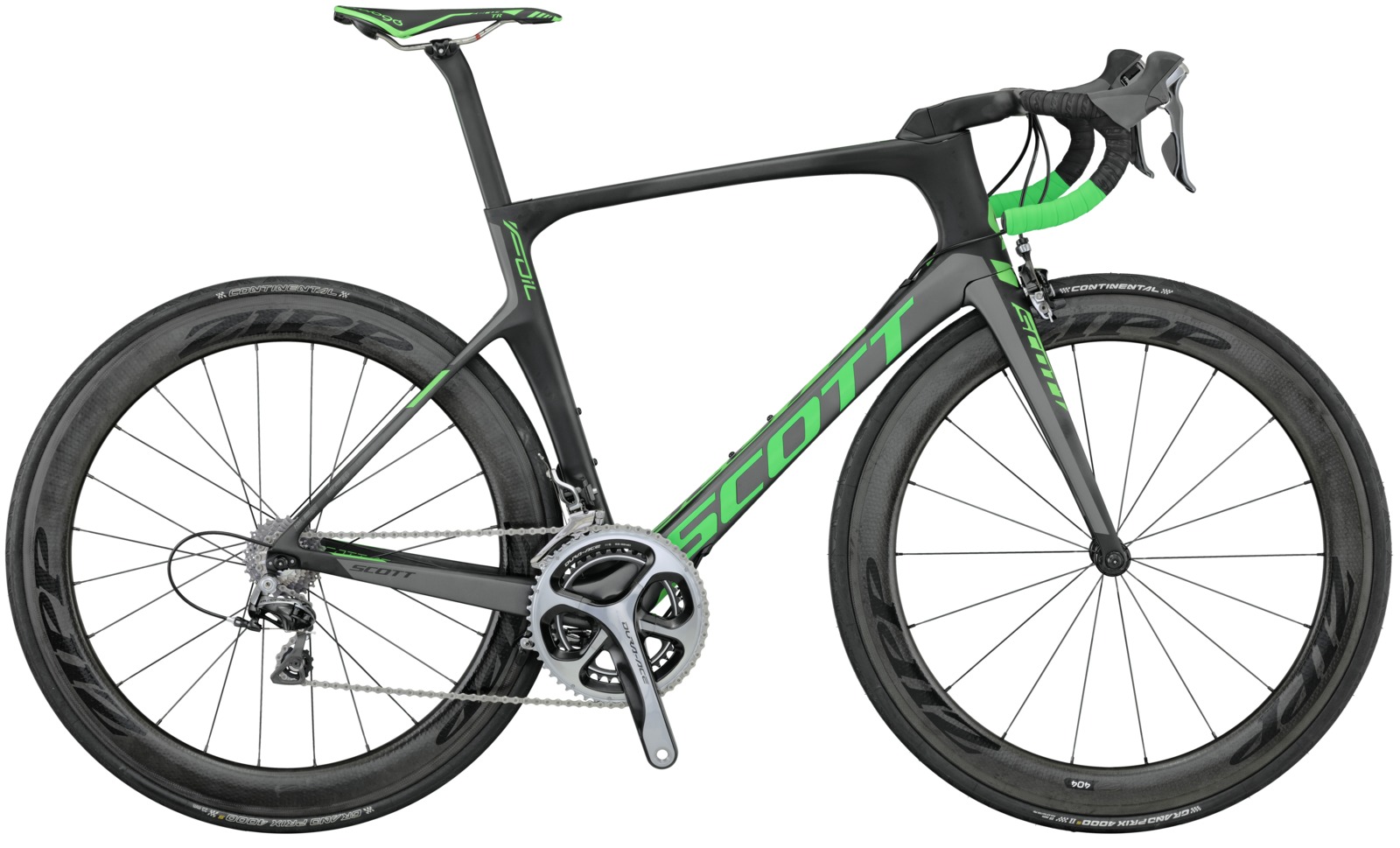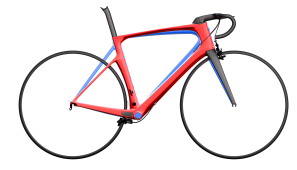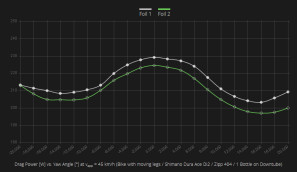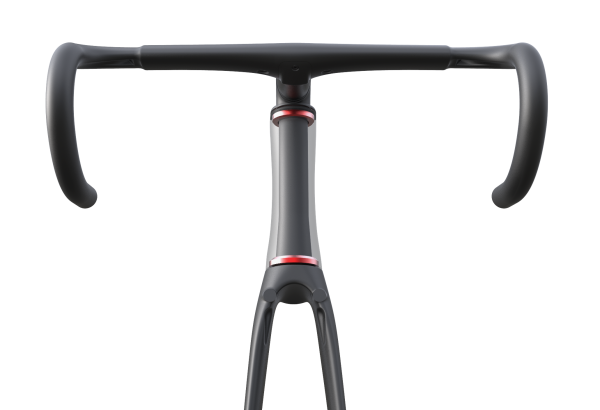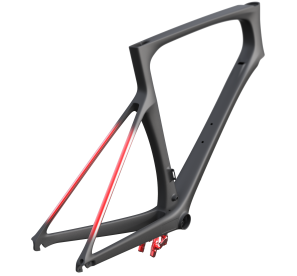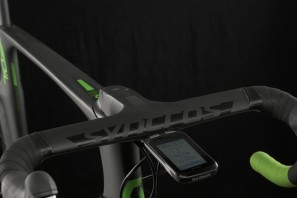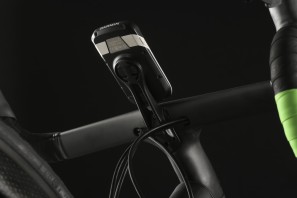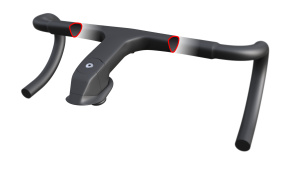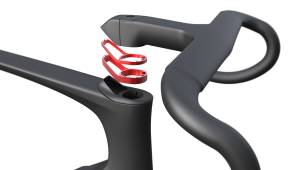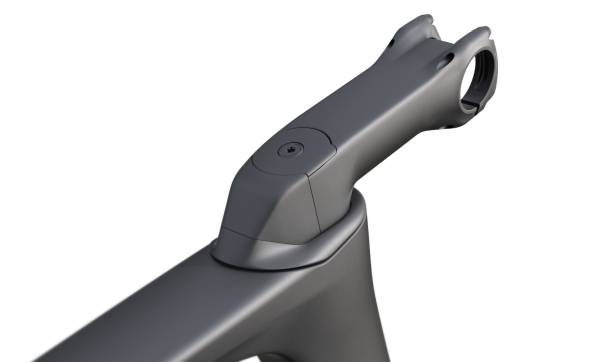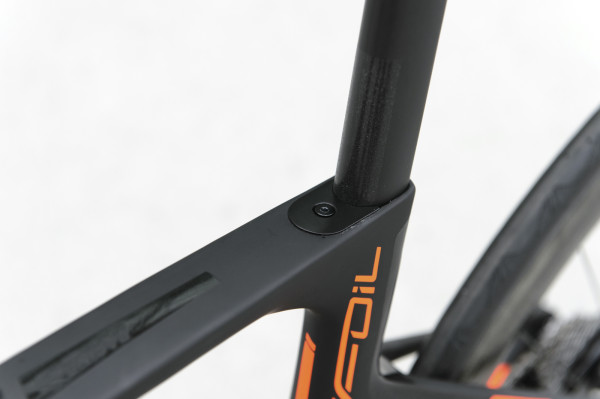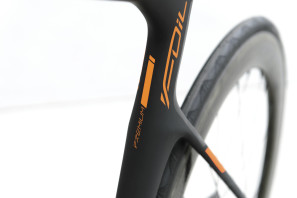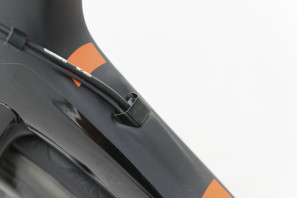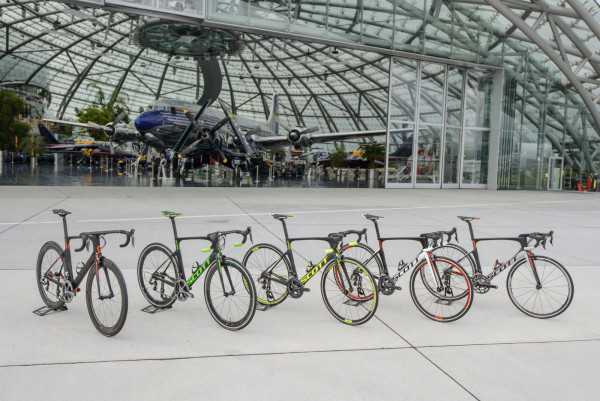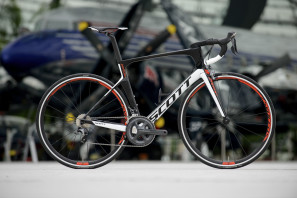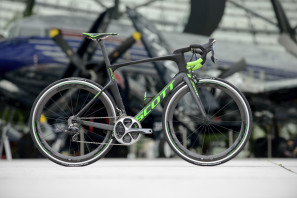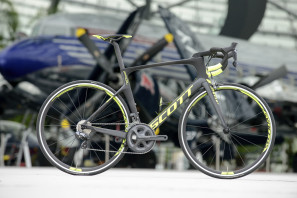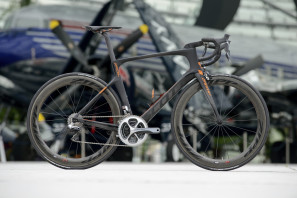Just five days from now, the 2015 Tour de France will be getting underway with the Grand Départ from Utrecht, Netherlands. The start of the race not only means the grand tour is back, but also means we’ll be seeing a number of new bikes under various teams like the new Scott Foil. Judging by the amount of improved aero product popping up lately, it seems aerodynamics are still king, at least until the UCI lowers the minimum weight limit…
First introduced in 2010/11 with the F01 Aero concept, the newest Foil continues Scott’s aerodynamic works with improvements to the frame and a new aero cockpit from Syncros. All in, the new frame is lighter, more comfortable, more aerodynamic, and most importantly – faster…
Designed not only to be aerodynamic but also as light weight as possible, the new Foil frame weighs in at a claimed 945g with a 335g fork (medium HMX painted frame with small parts). Claiming that it is one of the lightest aero bikes on the market (70g lighter than the previous Foil), the new Foil can still be built lighter than the UCI minimum requirements.
Starting with the previous Foil design, the new frame shape was developed with extensive CFD. After the results were verified by computer, rapid prototyping produced usable models for traditional wind tunnel testing where Scott confirmed that the front end of the bike contributes 32-54 percent of the drag based on the yaw angle. That led to a heavily optimized front end of the bike with a dropped downtube and seat stay junction worth an average 6W of drag reduction – claimed to be worth 27 seconds over a 40km tt at 45 kph.
Also, in spite of being 13% at the bottom bracket, 13.15 % at the head tube, and 6% stiffer laterally at the fork, the new frame offers a whopping 89% more compliance out of the frame and 11% more compliance out of the fork.Stiffness was increased through the use of a wide bottom bracket connection, squared chainstays, wider head tube with 1.5 – 1.25″ steerer, and UHM carbon fibers.
In order to offer so much more comfort the new frame includes seatstays that are lower and thinner as well as a reduced cross section at the seat tube and a flat top tube. Combined with directional layup of the carbon plies, the final product seems to be the best of both worlds with a more efficient and a smoother ride.
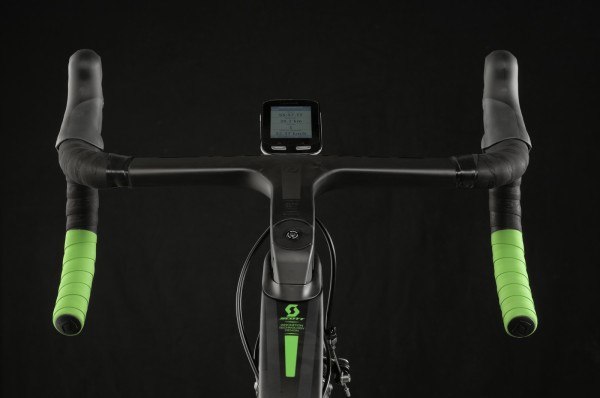
Hand in hand with their finding that the front of the bike is the biggest culprit in drag numbers, the Foil makes use of the new Syncros RR1.0 Aero Cockpit. Combining the stem and the handlebar into one piece is hardly new, but the amount of integration built into the cockpit is where the Syncros unit shines. Starting with a shape based on F01 profiles for aerodynamics, the one piece cockpit has 9 different bar/stem combinations to fit a number of riders. The claimed weight of 395g for the 110mm/42cm bar includes the ability for full integration of Di2 junction boxes or mechanical cables, and two different mounting options for Garmins. The fact that there is a reducer shim available for 1 1/8″ steerers indicates that this will be available aftermarket as well.
Built as a complete aero unit, the handlebar even includes its own aero spacer kit which includes 3 x 2mm, 1 x 5mm, 2x10mm, and 1x20mm spacer included with each bike. Anyone not thrilled on the one piece bar/stem design can still get all of the benefits of the aero stem with a stand alone unit available in 80, 90, 100, 110, 120, 130, and 140mm lengths.
Keeping with the aero theme, the aero seat post is held in place with an integrated clamp. Hiding an internal mount for the Di2 battery, the seat posts will be available in 5 or 20mm offsets with the former stock equipment on XXS-m bikes and the later found on L-XXL bikes. The integrated cable guide system provides clean, aero routing for mechanical or electronic options with a single port on the inside of the downtube.
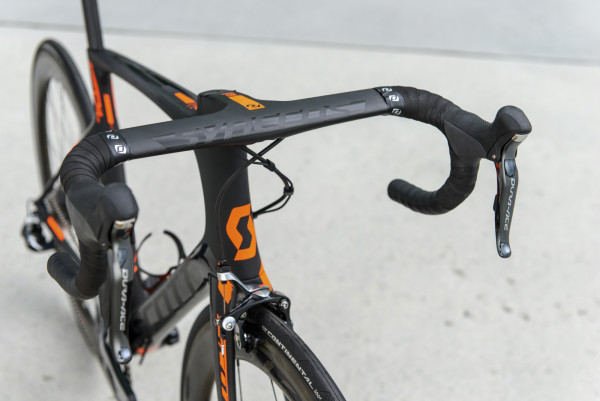
Making use of the Shimano direct mount rim brakes front and rear, the back brake is located under the chainstays to keep it out of the wind and to allow the seat stays to flex more for comfort. Along those same lines, Scott says the comfort concept has been designed with disc brakes in mind for the future hinting towards future developments. Other details include an integrated, removable chain guard above the PF bottom bracket, and clearance for 25-28mm tires.
In the U.S., the Foil will be available in the Foil Premium HMX, Foil Team Issue HMX and Foil 10 HMF along with Foil Premium, Foil Team Issue and Foil 10 framesets. Worldwide there will also be Foil 20 HMF and Foil 30 HMF complete models. Pricing and availability is still TBD. For more on the Foil’s aerodynamics, check out the FOIL Tech and Facts sheet.
